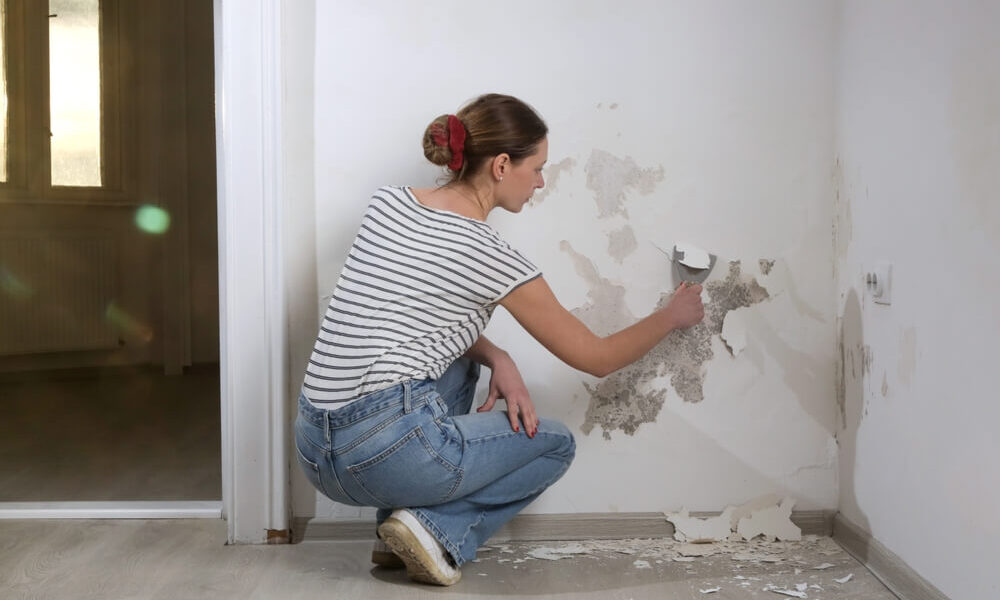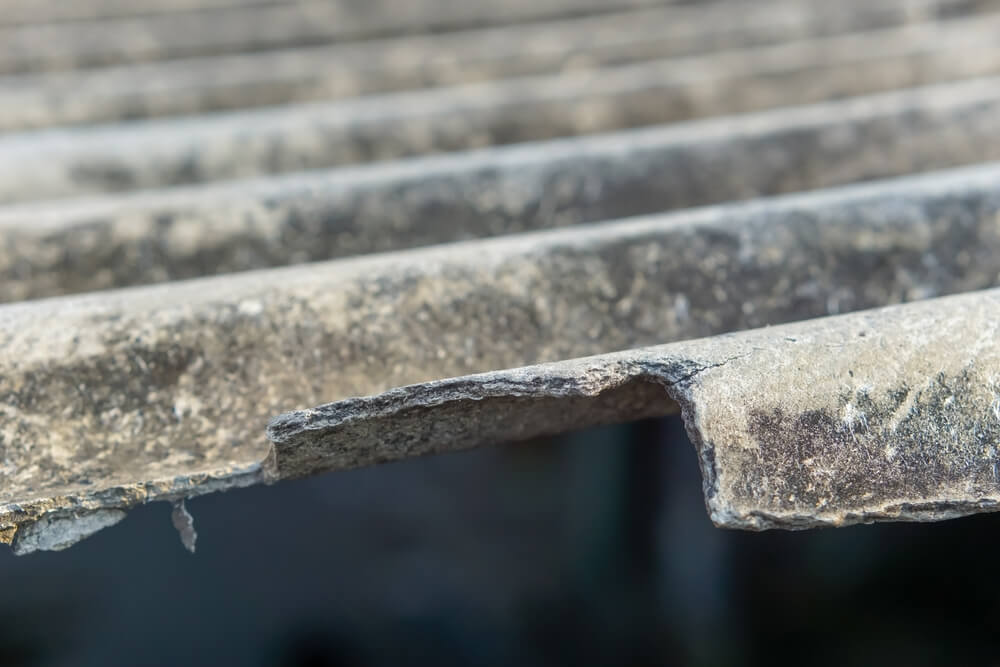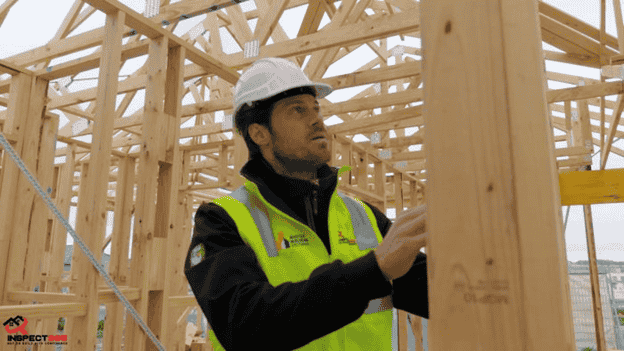
Trying to buy a property in Australia? As prices and competition continually climb, it’s easy to get swept up in the excitement of actually finding a property to purchase. However, it’s important to remember this; just because a home looks great on the surface, it doesn’t mean you should rush to sign on the dotted line.
Fresh paint, new flooring, and an open plan kitchen could be masking deeper issues hiding beneath the surface. This is exactly why a professional building inspection isn’t just useful. It’s essential.
At Inspect 365, we help property buyers and owners uncover potential risks before they turn into major headaches. So, how do you know when it’s time to book an inspection? Here are the key warning signs that you shouldn’t ignore.
1. Damp Patches, Stains, or Mould Growth
A couple of damp patches or a musty odour might not seem like much at first, but they often point to water leaks or poor ventilation. If unchecked, moisture has the potential to cause serious damage to your walls, ceilings, and flooring. Of course, it also creates the perfect environment for mould to flourish, which is a known health risk (especially for people with asthma or allergies).
During a pre-purchase building inspection, a qualified expert can detect leaks behind walls or in ceilings using moisture meters and thermal imaging, then provide a detailed account of any findings in the report.
2. Cracks in Walls or Ceilings
Did you know that cracks in a property’s walls, ceilings, and exterior can be a sign of serious structural damage? It’s true, and in this case, you’ll definitely want to be more safe than sorry. Jagged or widening cracks, especially around windows, doors, or where walls meet ceilings, may indicate structural movement, subsidence, or foundation issues.
These kinds of problems often require immediate attention to prevent them from escalating into major safety concerns. In some circumstances, the situation may even call for what’s known as underpinning or restumping (a process of shoring up the foundation and stumps that underpin the property).
So, if you’ve looked into a property and noticed cracks, now is the time to call in the professionals.
3. Doors and Windows That Stick or Don’t Close Properly
Noticed an issue with the property’s doors and windows? Found that they’re sticking, getting jammed, or not quite closing as they should? This could be a little more than run-of-the-mill wear and tear. Shifting foundations or warped timber can cause frames to twist, leading to sealing issues, draughts, or even compromised security.
Arranging an inspection is a great way to determine whether these problems stem from poor installation, structural issues, or environmental factors such as humidity and soil movement.
4. Sagging or Damaged Roof
When a home is listed online, the main focus is how everything looks on the interior. What’s the floorplan? How are the bedrooms? Is the kitchen newly renovated? Although these are all very important, you shouldn’t neglect the roof.
The roof is any building’s first line of defence against the elements. But, because it’s often out of sight, it’s easy to overlook, forget, or neglect. Some common signs of trouble in this area include sagging, cracked/missing tiles, rusted gutters, and ceiling leaks.
An experienced building inspector will be able to assess the entire roof structure, from the exterior surface to the roof cavity, checking for damage, poor workmanship, and signs of aging.
5. Termite Activity or Timber Decay
Termites are a problem across many parts of Australia, and Melbourne is no exception. One of the most common types are the Coptotermes. According to the Victorian Department of Health, “these termites are widely distributed throughout Victoria, and are responsible for more than 80 percent of termite damage to buildings.” (Source)
The longer they go undetected the more chance they have at causing serious and costly structural damage, often without any obvious external signs. If you’ve noticed soft timber, bubbling paint, or hollow-sounding wood, there may already be an infestation at play.
The good news is that we offer both building and pest inspections services across Melbourne. Once on site, our team will use thermal imaging and moisture detection tools to identify any termite activity (even in concealed areas like wall cavities and under floors).
6. Renovated or Extended Homes Without Certificates
When you’re buying a used car, a valid roadworthy certificate is non-negotiable. It’s helpful to think of a building inspection in the same sense. Renovations that don’t come with proper building approvals or compliance certificates are another reason to schedule an inspection.
What looks impressive on the surface might not meet Australian Standards or be as structurally sound as it first appears, which can lead to compliance issues, costly repairs, or even council fines down the track.
At the core, a building inspection can help you determine whether the renovation work was done properly and safely.
Want to buy with confidence? We’re the go-to team if you need a building inspector in Oakleigh, Reservoir, or the Melbourne CBD. Simply get in touch and we can send a qualified inspector to any corner of the city.
7. Homes Built Before the 1990s
If the home you’re looking at was built before the 1990s, there’s a chance it could contain asbestos or outdated electrical systems, which can both be very dangerous. Asbestos is particularly hazardous when disturbed, and non-compliant wiring increases the risk of electrical fires.
A building inspection will include checks for hazardous materials and assess whether the home meets modern safety standards.

8. Uneven or Soft Flooring
A lot of homes, particularly those that are recently renovated, often have brand-new floors that look great in the pictures. However, they often need a closer look than you might think!
Loose tiles, soft spots, creaky floorboards, or sloping surfaces can indicate water damage, termite activity, or subfloor movement. This matters because these issues can affect everything from day-to-day comfort all the way to the overall safety of the building.
During an inspection, the flooring and subfloor areas are thoroughly examined to identify causes and recommend appropriate remediation.
9. You’re Buying at Auction or Sight Unseen
Buying a property at auction or through a private sale without seeing it in person is a massive gamble. Without a pre-purchase inspection, you could be walking straight into a trap, leaving you stuck with an investment that becomes very difficult to offload.
Our building reports provide a detailed summary of the property’s current condition, empowering you to make an informed decision and potentially renegotiate your offer.
10. General Peace of Mind
Not everything is about visible damage. Sometimes, it’s about sleeping better at night knowing what you’re buying. Whether you’re a first-time buyer, a seasoned investor, or a landlord, a comprehensive inspection gives you clarity.
That knowledge can save thousands in future repairs or liabilities. If you hire an independent inspector, this offers further surety that the advice given comes without any vested interests or hidden motivations.
Need a Reliable Independent Building Inspection? Turn to Inspect 365
Don’t leave your decision to chance. We provide a unique, personal and tailored experience to everyone from first home buyers to seasoned property investors and everything in between. Here’s a quick look at what we bring to the table:
- Reports delivered within 4 hours
- Over 25 years of building experience
- Fully qualified, insured, and registered inspectors
- Australian Standards AS4349.1-2007 compliant
- Over 10,000 inspections completed across Victoria
- No hidden fees or unnecessary upsells

Book a Building Inspection Today
Not sure what lies beneath the surface of your next property? We’re here to help you uncover the warning signs before they become major headaches. Contact Inspect 365 today for a fast, honest, and reliable property inspection in Melbourne.
Our bespoke reports are carried out by qualified professionals and tailored around your specific needs.
Each consultation will consist of an initial 1 hour site visit to discuss the defects, view any relevant documentation, and further correspondence that will determine the cost of the report needed.
Please reach out to us now for a quote!





